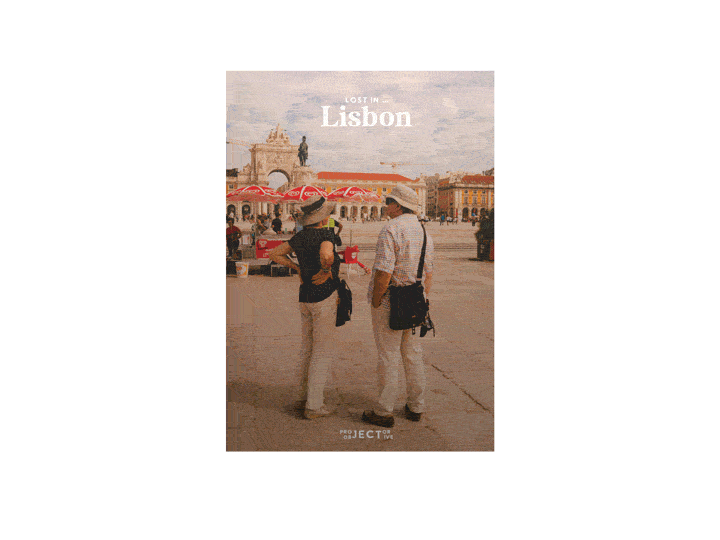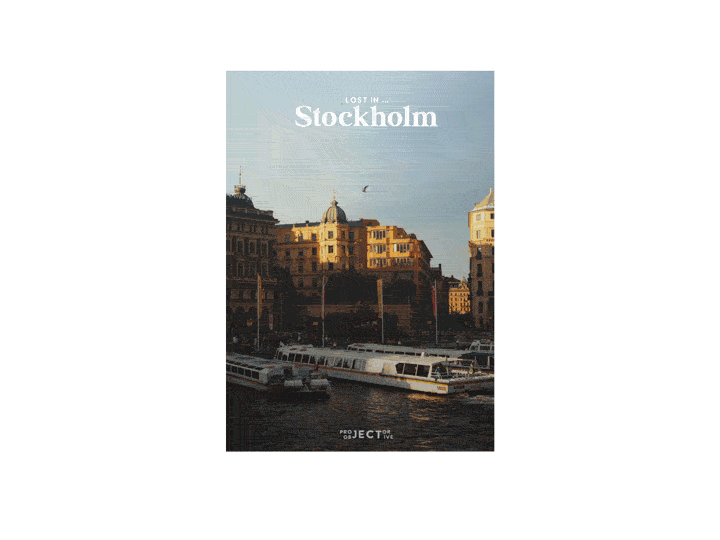Shooting Infrared Film
Photographing the invisible with IR film
My first film camera was my Dad’s Canon AE-1 that he bought in the early nineteen eighties. He used to work at Silverstone and would often see the cars Canon sponsored and the lorry that accompanied them that was full of Canon FD bodies and lenses. At one point my Dad donated it to my uncle to use as he was and still is big into motorsport photography. I inherited the camera in 2009, the camera and accompanying lenses were all stored in a bit metal transport case, the sort with a bit foam block that you can cut sections out to fit the item snugly and securely. The camera came with three lenses, a teleconverter, and some filters. There was a small collection of square filters and a few threaded ones too. There was one filter though that really sparked my interest. It was a 49mm filter, the lenses in the kit were all 52mm and larger. It was almost impossible to see through, it had a slightly red cast. All the information on the filter was worn off apart from three characters.
R72
My Dad said he had no recollection of ever using the filter. For the most part, we just thought it was an ND of a sort. I didn’t have a camera or lens to use this filter with so it sat in the case for approximately seven years. That was until I picked up my Olympus OM-4. A majority of the OM lens lineup has 49mm filter thread, once upon a time, I had the 28mm, 35mm, 50mm, 135mm which if I’m not mistaken all have 49mm filter threads. I remembered this strange filter and googled the three characters R72.
To my surprise, I discovered that this was an infrared filter, made by Hoya, for IR photography. I was intrigued, to say the least. I scouted for information on some forums which dated back to the dial-up era. I learned about Rollei infrared, Ilford SFX, Kodak HIE, and of course the elusive Kodak Areochrome. Coincidently around this time, Lomography released their Marmite film Lomochrome Purple which is designed to emulate the look of Areochrome.
All of the warnings about loading the film correctly and the cost of getting these films at this time were quite off-putting. I put the filter back down but within arms reach if I ever picked up the courage.
SFX now in stock
We flash-forwards again its 2018, I’ve just purchased my Leica M7, I’m not boasting it is important to the story, trust me. The photo lab where I work has listened to my pitch about stocking more film and offering more development options. Sales improved, I started black and white in-house development, it was pure profit. Of course, I didn’t reap any of the rewards of this even though it was me who had put in the work. That’s what I get for working for a chain I suppose, but I digress. I bought so many rolls of the wider range of films we then sold including Ilford’s SFX, a film that rang familiar in my ear from my previous research. Coincidentally again, my 50mm Nokton had a 49mm filter thread. It was now or never…
Sorry, it’s my first time…
You are never going to be instantly good at something, my first roll of infrared certainly wasn’t. I had read about how to compensate for shooting with the R72 filter but I didn’t pay too much attention to it. My thought process was, “well the light meter is TTL so I’ll just shoot at whatever the camera tells me to.” This was my first mistake, as I am more experienced with infrared now I can see that my negatives are all incorrectly exposed. Secondly, I didn’t shoot effectively enough to make it apparent that it was in fact IR film. The majority are shot inside an orangery, basically a tropical greenhouse. The photos I did shoot outside were shot either towards the sun or with next to no sky in the frame.
Put it on the back burner
Needless to say, there was then another time jump.
This year I thought about shooting a new film stock. I like to experiment and I was a little bit bored of seeing HP5 giving me the same results each and every time. I wanted to change things up a bit. I had a roll of Rollei Infrared in my stock and thought about shooting IR again, to challenge myself and to see if anything would come from it.
I am pleased to say something did!
Followed all the conventional rules, 5 stop compensation, compensate for focus shift, don’t shoot towards the sun. I was blown away!
I then got overexcited and ordered a larger R72 filter and few more rolls from Analogue Wonderland, and but some through my blad, coincidentally in the same place I shot IR the first time! The results inspired me to buy rolls in both 120 and 135. I even have a bulk roll of Rollei’s infrared ready to go!
What is Infrared light?
Light, famously, can be observed in two ways. Either as particles or waves. For this article, I will talk about the wavelength of light as this is the best way to do so when explaining IR.
The wavelength of light is measured in nanometers. Different colours of light have different wavelengths. Blue light travels faster so it is measured at approximately 380nm, whereas red light is much slower and is measured at 750nm. Any wavelength in between these two measurements is known as visible light. Anything outside of this range is not visible unless specific equipment is used.
When taking IR images we only stray into the NIR or near-infrared spectrum.
IR filters clip visible light out of the equation. The strongest IR filter I have seen is a 950nm filter these are best used for digital cameras as currently there is no film on the market that can record beyond that wavelength.
An R72 would be my personal recommendation it lets in a very small amount of red visible light, but if you really wanted to only capture IR, 760nm filters are available but are a little harder to come by.
Why do you have to account for focus shift?
Technically speaking, the shift in focus is a type of chromatic aberration. For those who don’t know, chromatic aberration is caused by a failure in a lens optical design to focus all coloured light onto the focus plane. As we have previously mentioned the colour of the light is determined by its wavelength. These wavelengths travel at different speeds. Once the light hits the optics a phenomenon called dispersion occurs, this then is then perceived as chromatic aberration.
This is normally remedied by the manufacture using lens coatings and special lens elements such as anti dispersion elements. These elements are specifically designed to refocus all the wavelengths of light onto the focus plane. Whilst this works well and is optimised for visible light, infrared or wavelengths longer than 750nm are not accounted for and are not refocused.
So how do I shoot IR Film?
I have compiled five rules that I think are mandatory if you want to take successful infrared images.
First and foremost I shoot on bright and sunny days.
Secondly, compensate five stops in the case of the Hoya R72 filter, some say to set your ISO five stops slower but I just work it out in my head.
Third, don’t use a zoom lens, typically zoom lenses will create hotspots in the centre of your image.
Fourth don’t shoot at your smallest aperture, whilst this makes focusing harder with IR it also improves sharpness. the IR wavelength suffers from diffraction much sooner than visible light does. I typically shoot three stops back from my minimum aperture.
Fifth don’t shoot towards the sun, if you want that dark sky effect shoot with the sun behind you.
Other advice
Other advice that I would give would be to shoot with a lens that has infrared markings on the barrel of the lens. These are normally indicated with a red line or the letter R. Say you focus on a subject one metre away in visible light they will be in focus but because the infrared wavelength is different you would have to set one metre on your lens to the red line or R.
If you don’t have an infrared marking on your lens I have found on a 50mm lens f8 is usually in the correct sort of place.
Shoot with a rangefinder if you can, when the filter is placed on an SLR it is almost impossible to see your composition. I found a rangefinder the best option as you can see your composition and don’t have to take the filter on and off constantly.
You don’t have to buy specialist IR films there are a fair few films that do have IR sensitivity to them. Typically the more latitude the film has the better results you will get. Here is a list of some films I know can be used for IR photography.
I personally have had the best results with Rollei’s 400S and Infrared.
To conclude
Infrared is an extremely interesting medium. Don’t be disheartened if you do not get the results you expect. It’s a brand new way of shooting and learning new techniques takes time. If you ever get stuck or want some more advice you can contact me either via email or Twitter.
I have fallen in love with its otherworldly appearance and I have a whole project planned with it I’m just waiting on my bulk loader to arrive so I can start!
I aim to keep these articles free!
That said it does cost money to host this website. For your consideration I will advertise my own products below that will go towards keeping this website up and running for the foreseeable future.




















